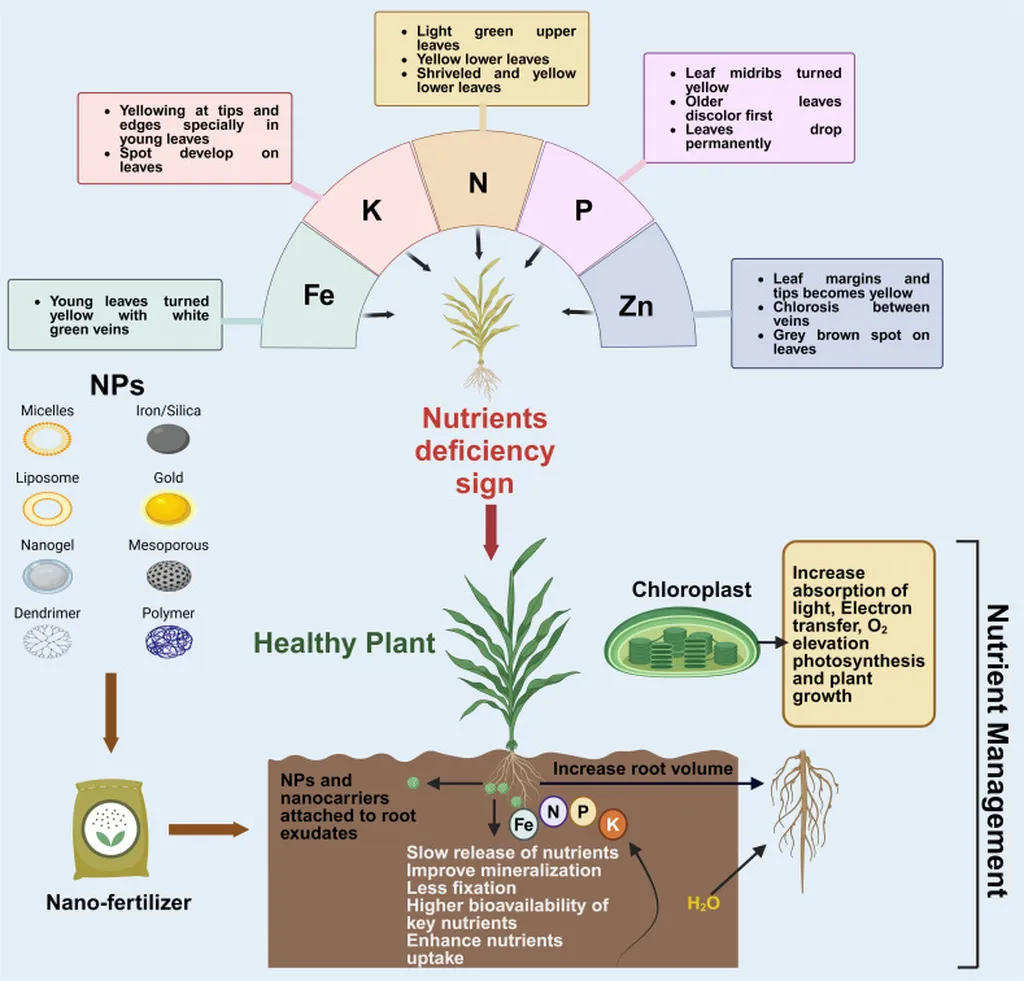In the face of a burgeoning global population and the escalating challenges posed by climate change, traditional agricultural methods are increasingly falling short. The search for sustainable solutions to bolster crop yields and resilience has led researchers to explore innovative avenues, with nanotechnology emerging as a promising frontier. A recent review published in *Plant Stress* sheds light on the potential of nanomaterials to manage biotic stress in plants, offering a beacon of hope for the agriculture sector.
Biotic stress, caused by living organisms such as pests, pathogens, and weeds, can significantly hamper plant productivity. Conventional methods of pest control often rely on chemical pesticides, which can have detrimental environmental impacts and contribute to pesticide resistance. Nanotechnology, with its unique physicochemical properties, presents a novel approach to mitigate these challenges.
The review, led by Ashish Kumar from the Department of Biotechnology at Guru Ghasidas Central University in India, highlights the role of nanomaterials in enhancing plants’ responses to biotic stress. Silver nanoparticles, for instance, have demonstrated a substantial reduction in infestation rates in cotton plants, with a notable decrease of 44.73% in the first season and 60.4% in the second. Similarly, gold nanoparticles have been shown to accelerate seed germination in Brassica juncea, a significant boon for farmers aiming to optimize their crop cycles.
“The unique properties of nanomaterials make them highly efficient in agricultural applications,” Kumar explains. “Their small size and large surface area allow for better interaction with plant cells, enhancing their ability to combat biotic stress.”
The review also delves into the mechanisms of action of these nanomaterials, providing a comprehensive overview of their synthesis, effects, and potential applications. It critically discusses the need and role of recent nanotechnological advancements in fighting biotic stress, along with the associated challenges and future prospects.
The implications for the agriculture sector are profound. Nanotechnology could revolutionize pest management, reducing the need for harmful chemicals and promoting more sustainable farming practices. This could not only improve crop yields but also contribute to environmental conservation and food security.
However, the path is not without obstacles. The review underscores the need for further research to fully understand the long-term effects of nanomaterials on plants and the environment. Safety and regulatory considerations also need to be addressed to ensure the responsible and effective use of these technologies.
As the world grapples with the challenges of feeding a growing population in the face of climate change, nanotechnology offers a glimmer of hope. The research led by Kumar and published in *Plant Stress* provides a timely and comprehensive overview of this burgeoning field, paving the way for future developments that could reshape the agriculture sector. The journey is just beginning, but the potential is immense, promising a future where nanotechnology and agriculture go hand in hand to nourish the world sustainably.

